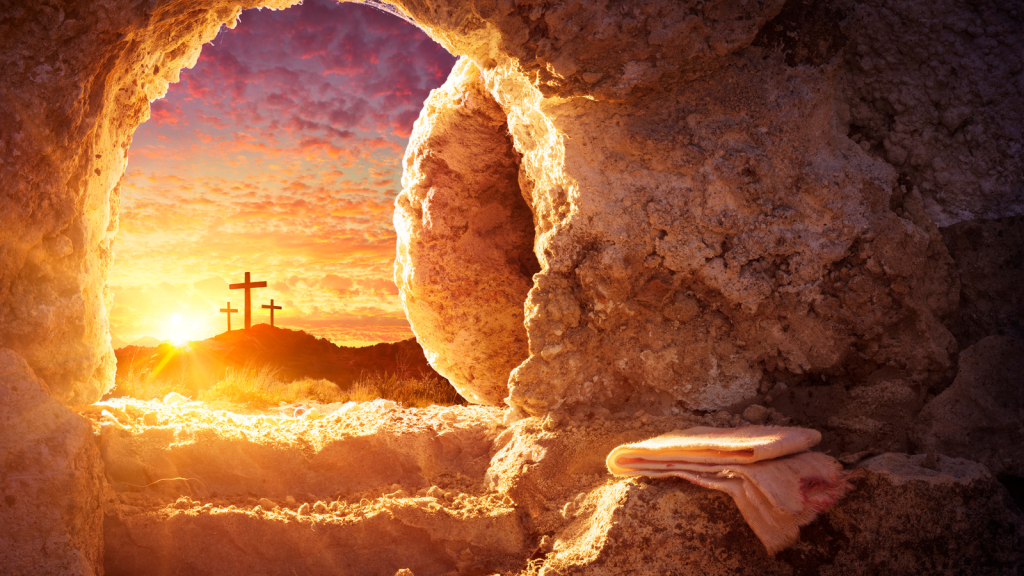
Suppose the most common symbols, practices, and words of Christianity weren’t always a part of it? Christianity’s history covers two millennia, but between its most familiar milestones, there are interesting tidbits that never seem to find their way into casual conversations. They show how beliefs changed, how culture influenced worship, and how early believers made their way in a world sometimes hostile to their message.
From hidden symbols carved into catacombs to the unexpected roots of Christmas, these lesser-known features reveal a religion that has spread, diversified, and made its imprint far beyond church boundaries. They also remind us that the history of Christianity is as much a story of endurance and ingenuity as it is a matter of creed. Here are nine surprises that enrich the portrait of this world religion.
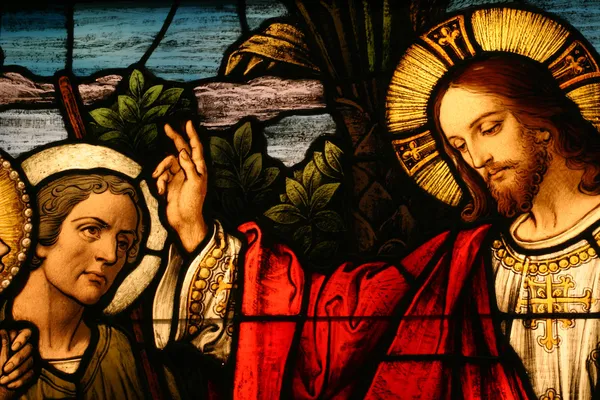
1. The First Christians Weren’t Called “Christians”
In the earliest decades following Jesus, his followers referred to themselves as “followers of the Way,” a title based on living out his teachings and not on adopting a formal designation. The name “Christian” initially came into use in Antioch and was probably invented by outsiders and wasn’t used in a positive sense at first. People eventually took it up, turning an outside label into something to be proud of. This development suggests the way that movements must reinvent themselves while remaining faithful to their original purpose.
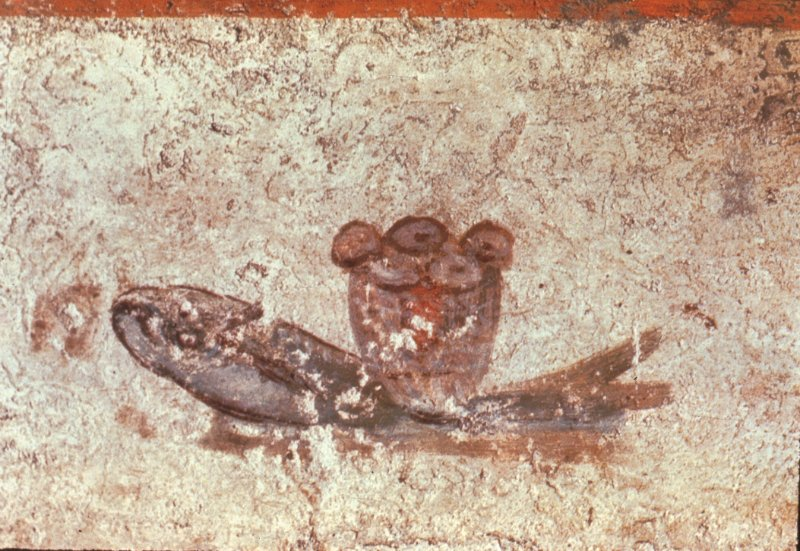
2. The Secret History of the Fish Symbol
Before bumper stickers, the ichthys the humble drawing of a fish was an unobtrusive symbol of believers. Its Greek letters spelled out an acrostic for “Jesus Christ, God’s Son, Savior.” Christians would use it to sign meeting places or signal friends in times of persecution. According to the Catholic Encyclopedia, fish symbolism appeared in catacomb art, rings, and frescoes, occasionally accompanied by bread and wine. Interestingly, its roots even go back to pagan symbolism, so it was an excellent combination of cultural comfort and coded religion.
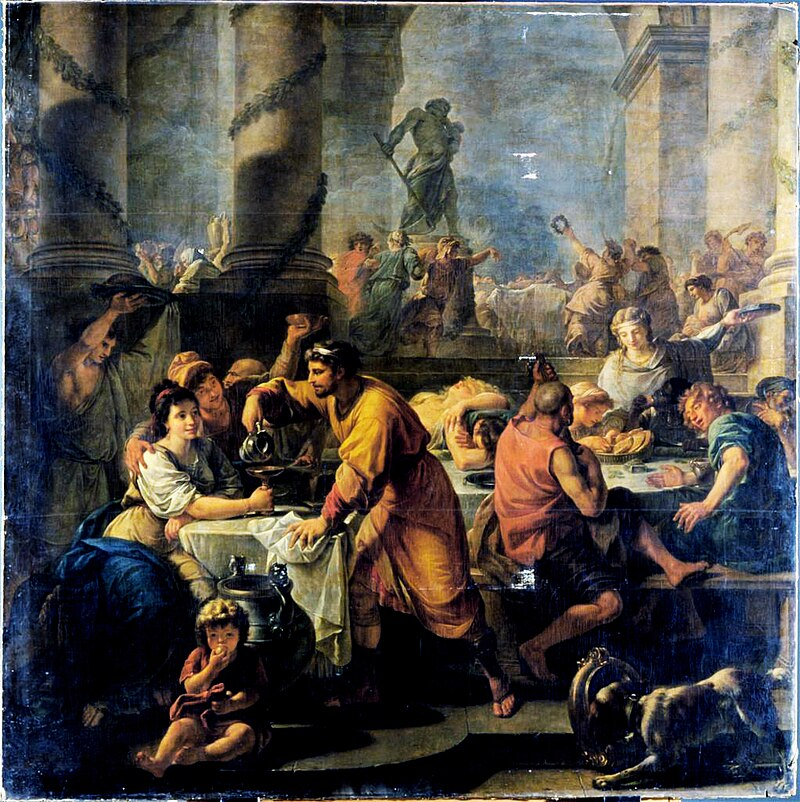
3. Christmas Came Late to the Calendar
Christians didn’t celebrate Jesus’s birth for centuries; Easter was the major holiday. It wasn’t until the fourth century that December 25 was selected, in part to coincide with Roman celebrations such as Saturnalia. Another theory, says historian William J. Tighe, is that the date followed an assumption that Christ’s conception was on March 25 and that he was born nine months later. This would allow Christianity to become a part of broader culture, but at the cost of much Christmas tradition having pre-Christian origins.
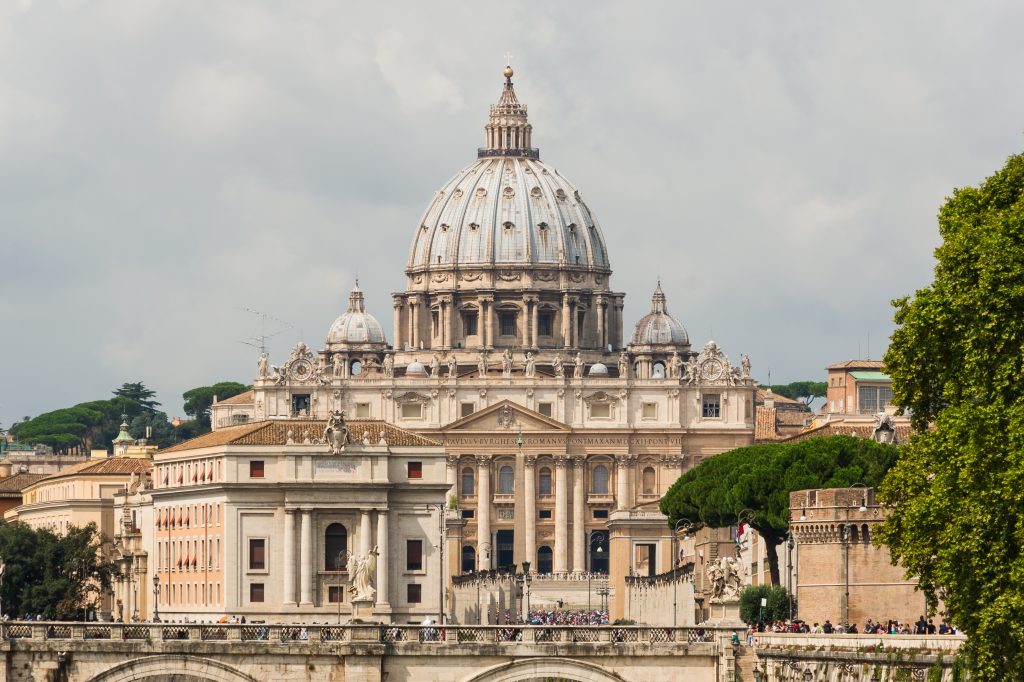
4. Christianity’s Vast Denominational Landscape
Now, there are almost 45,000 different denominations around the globe, ranging from worldwide institutions such as Roman Catholicism to tiny independent congregations. Divisions have taken place along lines of theology, style of worship, and culture, with historic splits like the Great Schism of 1054 and the Protestant Reformation doubling the number of branches. Whereas these divisions might appear divisive, authors such as Diarmaid MacCulloch suggest they also serve as “anti-corruption mechanisms,” empowering believers to be able to question authority and help build their own communities.

5. Slow Emergence of the New Testament
Instead of being composed all at once, the New Testament was composed over several decades. Paul’s letters, written around 50 AD, were the earliest, followed by the Gospels and other texts over a period of about fifty years. Each work was from the perspective of its writer and addressed the needs of particular groups. This piecemeal compilation makes the New Testament both consistent in its overall message and varied in style, with various perspectives on the same life-changing narrative.
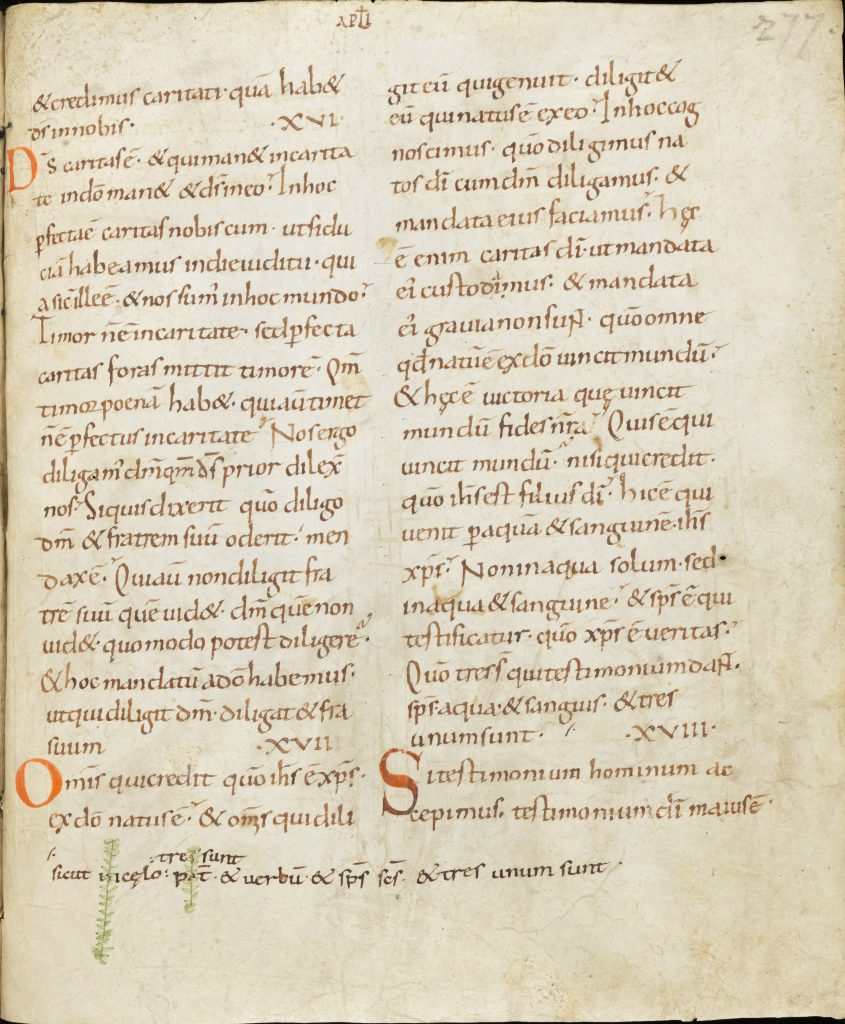
6. The Bible’s Translation Legacy
The Bible is the most-translated book ever, with complete versions in more than 750 languages and fragments in several thousand more. Translations were underway soon enough, with the Syriac version dating back to about 170 AD, and they continued with landmarks such as Jerome’s Latin Vulgate in the fourth century. Contemporary projects, facilitated by technology, have brought Scripture to communities around the globe, solidifying its position as a cultural and spiritual bridge spanning disciplines and continents.
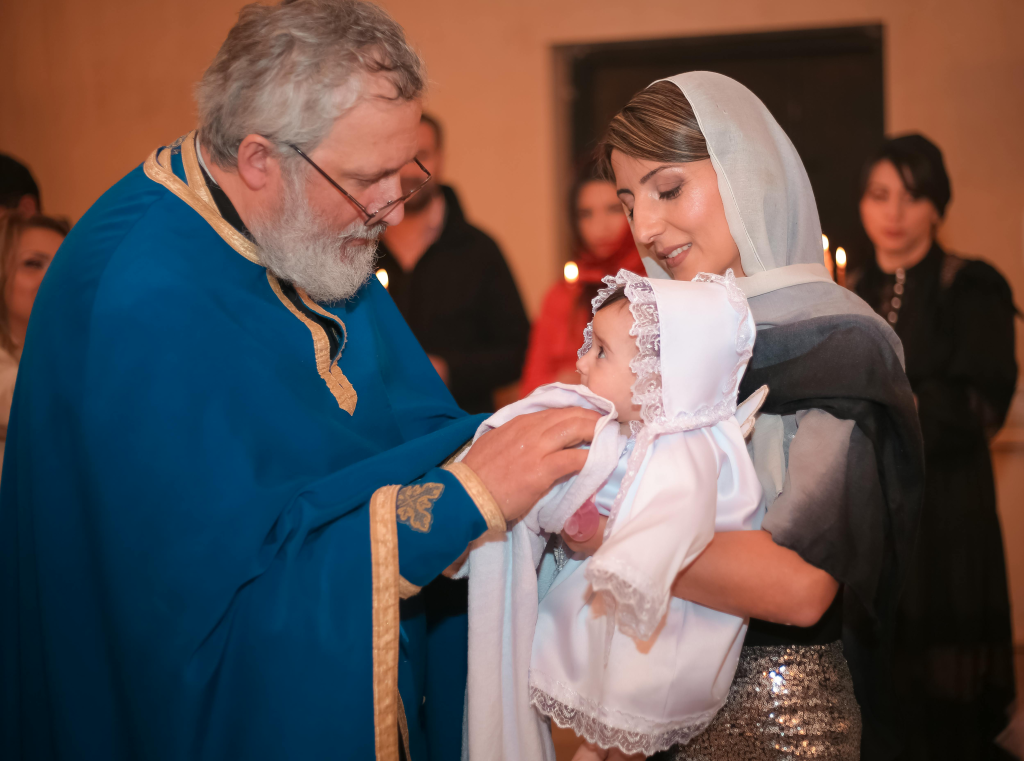
7. Baptism in Many Forms
Though a common practice of Christianity, baptism has many different forms. Some groups fully immerse the candidates, while others pour or sprinkle. In some churches, infants are baptized; in others, only those capable of making their own decision are included. Such divergence stems from differing understandings of baptism’s significance whether it is foremost about cleansing, public profession of faith, or initiation into the group.
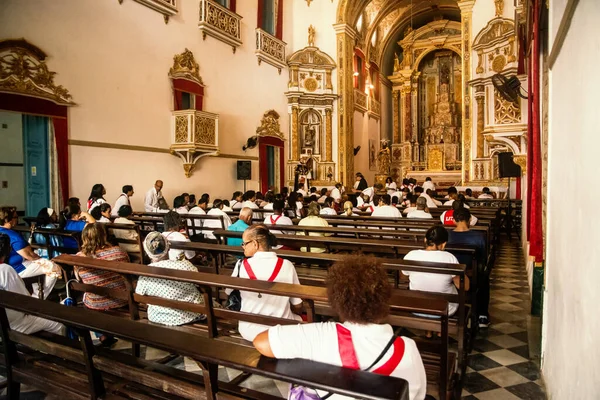
8. House Churches Before Cathedrals
Prior to Christianity’s legal status under Constantine, congregations assembled in houses. These small meetings permitted worship, shared fellowship, and common care, usually in secret amidst persecution. With the legalization of the faith in the fourth century, huge, special buildings arose, changing the magnitude and type of worship but resulting in a legacy of intimate community life.

9. Familiar Language Based on Scripture
Popular expressions such as “go the extra mile” or “by the skin of your teeth” have their origins in Scripture. As the centuries passed, these expressions fell into common usage, frequently employed by individuals who were not even aware of its origin. This linguistic heritage illustrates how biblical imagery has entered popular culture far beyond that of religious expression, infusing spiritual ideas into the very context of everyday life.
Christianity’s lesser-known facts show a religion that has in turn evolved with its environment while remaining true to its fundamental beliefs. From hidden symbols to changing traditions, these accounts demonstrate creativity, resilience, and the profound cultural legacy of its texts and practices. Learning them not only adds richness to historical understanding but also provides new appreciation for how a two-thousand-year-old movement continues to grow and uplift.


